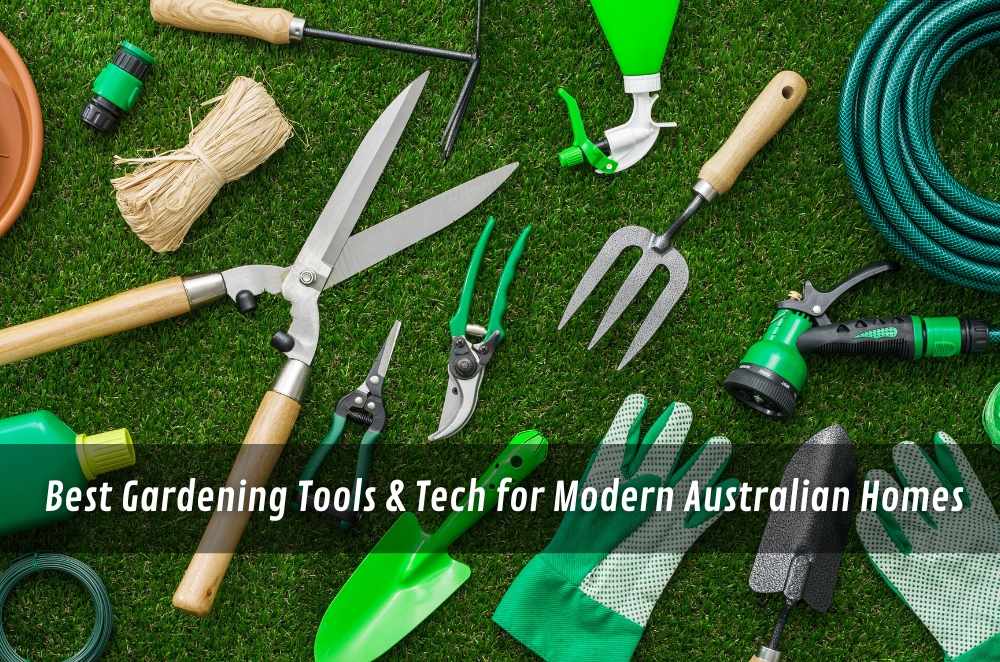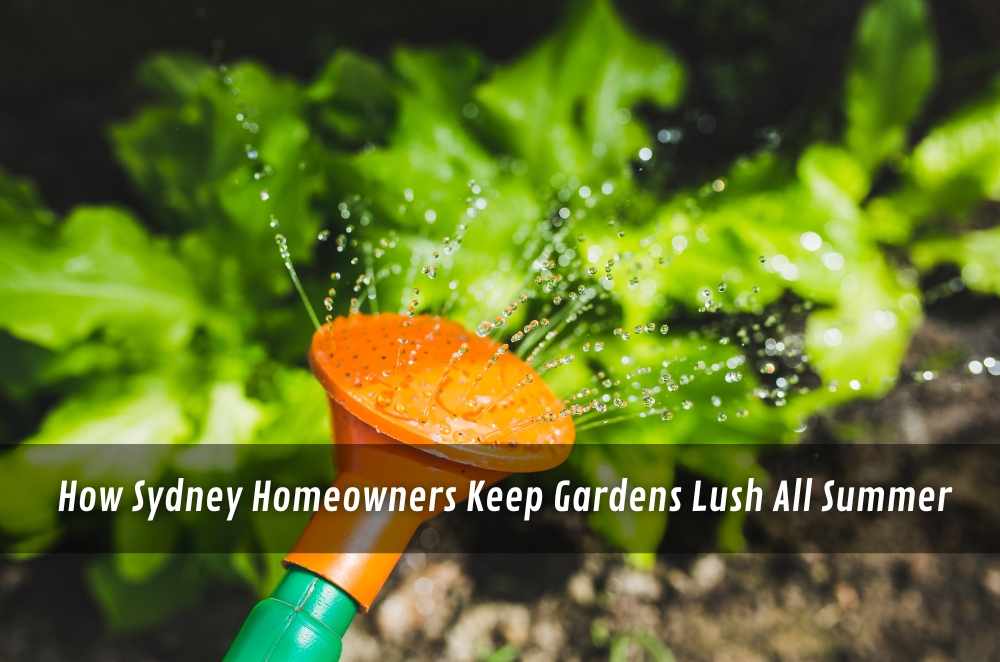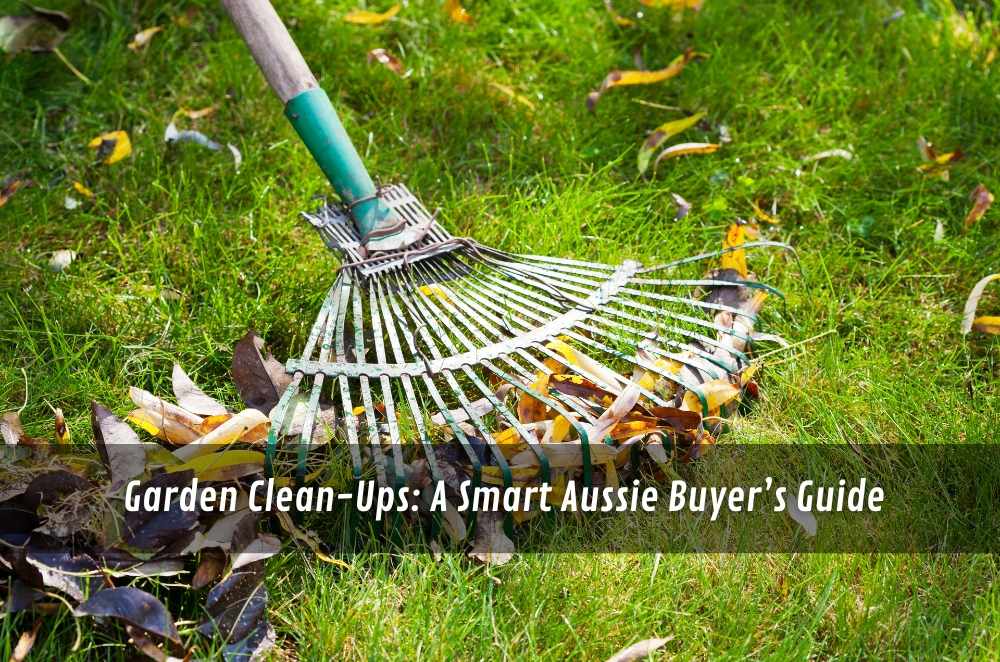
Gardening in Australia has shifted a lot over the years. My dad’s idea of essential gear was a spade, an old watering can, and a bit of stubbornness. Now, it’s a blend of the classics with devices that can tell you the soil’s mood before you even step outside. It’s not about replacing the old ways — it’s about giving yourself more time to enjoy the results. In recent years, industry leaders such as The Block Shop, Gardening Australia, and Better Homes and Gardens have highlighted the role of practical innovations and reliable garden maintenance services, with providers like A Bargain Gardener illustrating how consistent care aligns with these broader trends in the sector.
Whether you’re in a big backyard with gum trees at the fence line or just a balcony full of pots, the right combination of gear and care makes gardening something you look forward to — not dread after a long day.
Smart watering systems for consistent care
Watering is where I’ve made most of my mistakes. Too much, too little, at the wrong time — my poor basil never knew what hit it. The first time I set up a smart irrigation system, I realised how much water I’d been wasting. The plants didn’t just survive; they perked up.
Smart watering setups can:
Match watering times to the actual needs of your soil.
Skip unnecessary cycles when rain is expected.
Work with anything from veggie beds to lawns.
I remember installing a basic moisture sensor in a patch of thirsty lawn. For weeks, it watered far less than I would have, and the grass ended up deeper green than before. Sometimes it’s about trusting the numbers more than your gut.
Addressing pest issues before they spread
One thing about pests — they don’t care if your garden is your pride and joy. They move in quietly, set up camp, and suddenly leaves are curling or flowers are gone. Following sensible habits for pest prevention in gardens helps head off trouble before it starts.
Practical moves that work:
Wiping down or washing tools before moving to a different area.
Choosing seedlings from trusted suppliers.
Bagging diseased leaves before disposal.
I’ve had mornings where I’ve gone out just to enjoy a coffee in the yard and spotted early aphid activity under rose leaves. A quick spray of water knocked them back before they could spread to my lemon tree. You can’t win every battle, but catching things early tilts the odds.
Choosing and maintaining your essential hand tools
No app or battery-powered gadget can replace the feel of a good tool in your hand. My old secateurs have cut everything from tomato stems to woody rosemary branches, and they’re still going strong.
When I look for tools now, I notice:
How the handle fits my palm — comfort matters after a while.
Whether the blade or head feels solid and balanced.
If it feels too light or too heavy for what I’ll use it for.
One year, I bought a bargain trowel that bent the first time it met compacted soil. That was a short-lived experiment. Now, I spend a little more upfront, and the same tools see me through season after season.
When expertise adds value to your efforts
Even if you know your way around a garden, there are times when it’s worth getting extra eyes on a problem. Finding the best gardeners when tackling tricky spaces or trying to keep certain plants alive through less-than-ideal conditions.
They’ve helped me:
Rearrange garden beds for better sunlight.
Work out why my hydrangeas weren’t flowering.
Plan plantings so something’s always in bloom.
Sometimes, it’s not about them doing the work for you — it’s about learning little tricks you keep using long after they’ve gone.
Bringing creativity into outdoor spaces
Practicality is important, but a garden can also be a reflection of personal style. Small changes in layout, planting, and features can transform the way a space feels. Garden design tips can inspire ways to make an outdoor area more inviting while still keeping it functional for everyday use.
Some approaches that often work well include:
Creating pathways that guide movement through the space.
Incorporating raised beds to improve soil control and access.
Positioning seating in spots with natural shade or appealing views.
At my place, turning an unused corner into a herb and flower bed made the whole garden feel more complete. It became a spot I naturally gravitate toward, especially when the rosemary is in bloom.

Making tools and tech work together
People sometimes talk as if you’ve got to pick a side — the old gear or the shiny new stuff. I’ve never seen it that way. In my garden, they tend to blend without me even thinking about it. The smart irrigation clicks on in the early hours, and later in the day I might wander out with a dented old watering can, topping up the pots by hand. That’s usually when I spot things — a lettuce leaning too far, a tomato stem sagging, the sneaky weed that always grows by the back fence.
Oddly enough, the better my basic tools are, the more sense the tech makes. A sharp spade means the soil’s ready for a sensor to do its job properly. Clean pruners keep plant diseases from hitching a ride. It’s less about choosing one over the other and more about them quietly working in the same rhythm.
Final thoughts
A good garden doesn’t just happen — not in my experience, anyway. It’s a mix of steady habits, gear you can trust, and knowing when to act before problems get out of hand. Some days the tech does most of the work, other days it’s just me, a pair of gloves, and the sound of birds in the background.
And there’s something about bringing in another set of hands, or shifting a few plants to make the space feel different, that changes how you see it. Those small choices add up. You step outside and it feels right — not because it’s perfect, but because it’s yours.











Write a comment ...